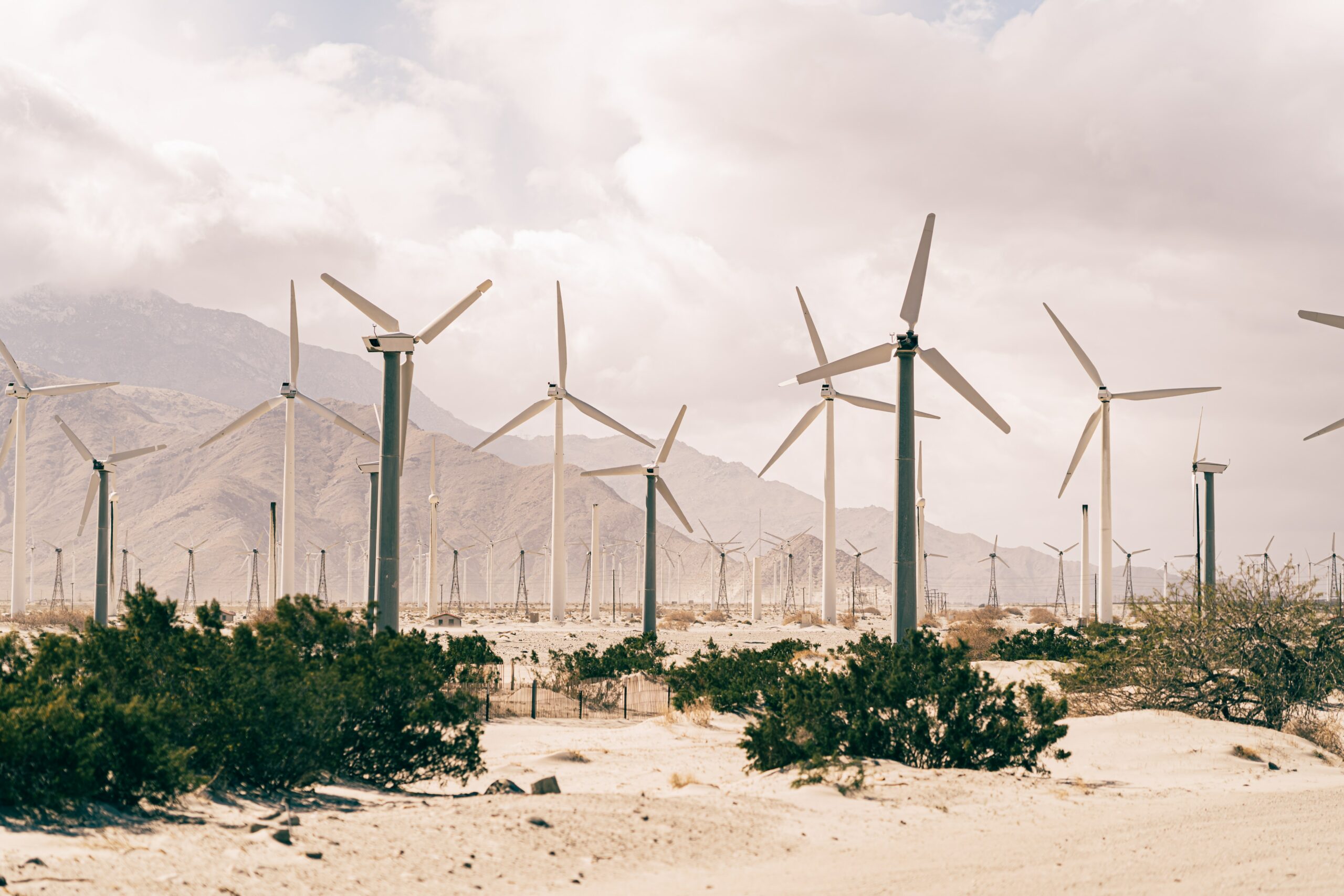By John Belizaire, Soluna Computing CEO, and Nicola Phillips
An initiative in East Africa called Gridless Compute has been gaining attention lately as it seeks to tackle two pressing issues — lack of access to electricity, particularly in rural areas, and under-utilization of a wealth of renewable energy resources — with one unconventional solution: Bitcoin mining.
There are parallel stories at play here.
First, the nature of renewable energy.
Renewable energy is intermittent and unpredictable, which means dramatic and frequent fluctuations between times of scarcity and times of over-abundance. Expensive and scarce energy storage means that times of over-abundance result in waste. Flexible load solutions are proving to be a powerful alternative to storage.
Flexible loads can be deployed during these periods of high supply and otherwise low demand. Load flexibility refers to the elasticity a load has to accept power at intermittent intervals, on an unpredictable schedule. Flexible loads, unlike static ones, can adjust to current supply, and are an ideal match for renewable (intermittent, unpredictable) sources.
Bitcoin mining facilities (or any flexible data center that runs batch computing) are one type of flexible load. Unlike traditional data centers, these facilities can be turned on and off at will without sacrificing the integrity of the process. When co-located with a renewable energy source, mining facilities can be ramped up when supply outpaces demand and ramped down when either demand rises or supply shuts down (when the sun doesn’t shine or the wind doesn’t blow).
Interwoven in this is the issue of infrastructure.
In sparsely populated or underserved areas, there is very little financial incentive to build infrastructure like electrical grids, which are expensive and time-intensive to set up and maintain.
Rural areas — by definition, remote from hubs of activity — suffer from this problem of resource scarcity all the time. This is true across the globe, from rural Kenya to western Texas. And resource paucity comes in the form of physical infrastructure, like electrical grids (or clean water, or transportation systems), but also jobs, schools, doctors.
By providing a “customer” for the resources that already exist in the land and sky, Gridless has helped to build that infrastructure wherever it works. Setting up Bitcoin mining facilities in remote areas (so far, the company has piloted operations in Kenya and Malawi), Gridless has supported the development of microgrids that are capable of powering neighboring communities. The mining facilities harness nearby hydropower during periods of low demand, and redirect the energy back to the grid when demand rises.
At Soluna Computing, we are testing a similar hypothesis in rural Kentucky and Texas. Soluna partners with independent power producers (IPPs) with high rates of curtailment, building flexible load data centers co-located behind-the-meter, and buying the excess energy that producers are unable to profitably sell back to the grid.
This strategy solves three problems. By buying energy that would otherwise have zero (or negative) value, Soluna helps individual producers stay afloat. On a macro scale, flexible data centers make the transition to renewable energy much more palatable for IPPs, helping accelerate the energy transition that our planet desperately needs. And, as with Gridless, facilities like these can fortify surrounding communities and economies — providing necessary energy, bolstering infrastructure, and creating jobs.
The combination of renewable energy and Bitcoin mining has the potential to revolutionize infrastructure as we know it, particularly in areas of the world most lacking in infrastructure.




